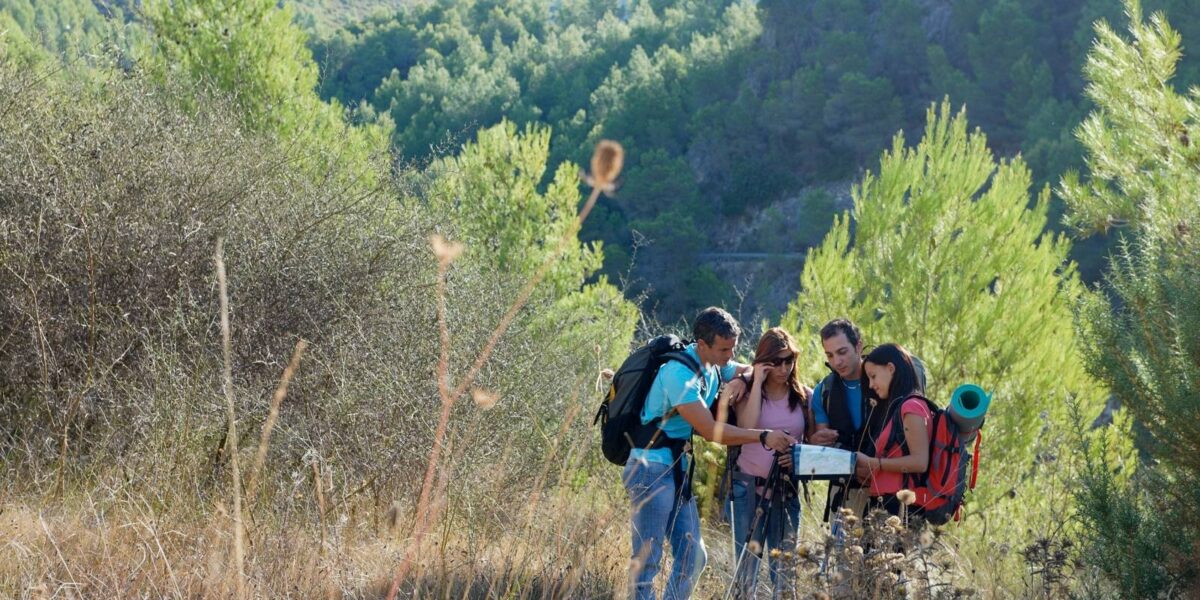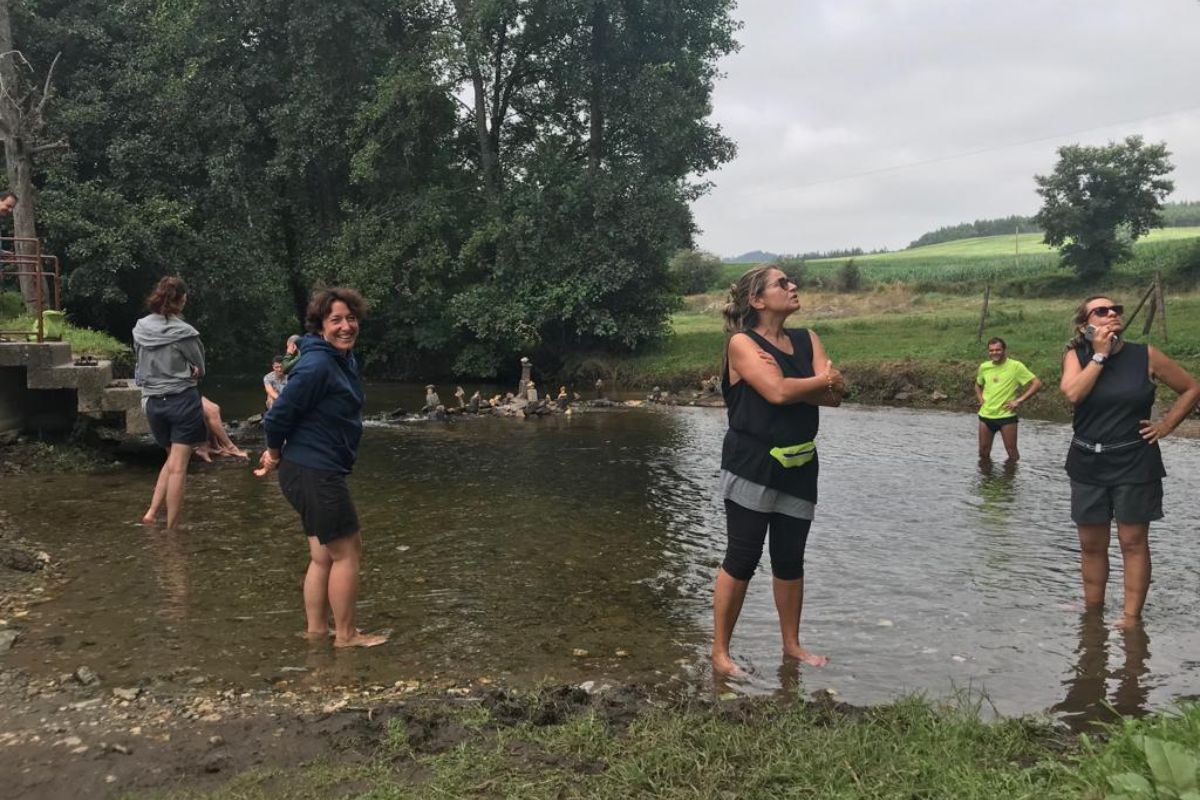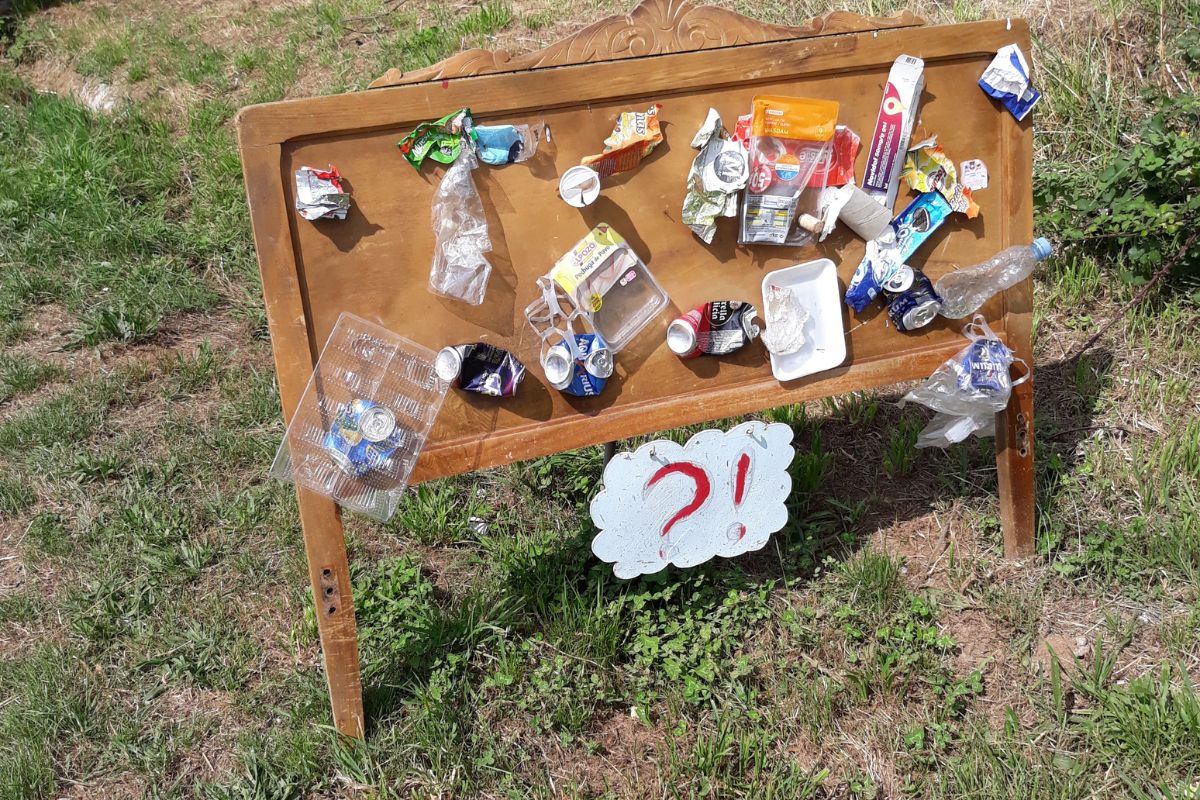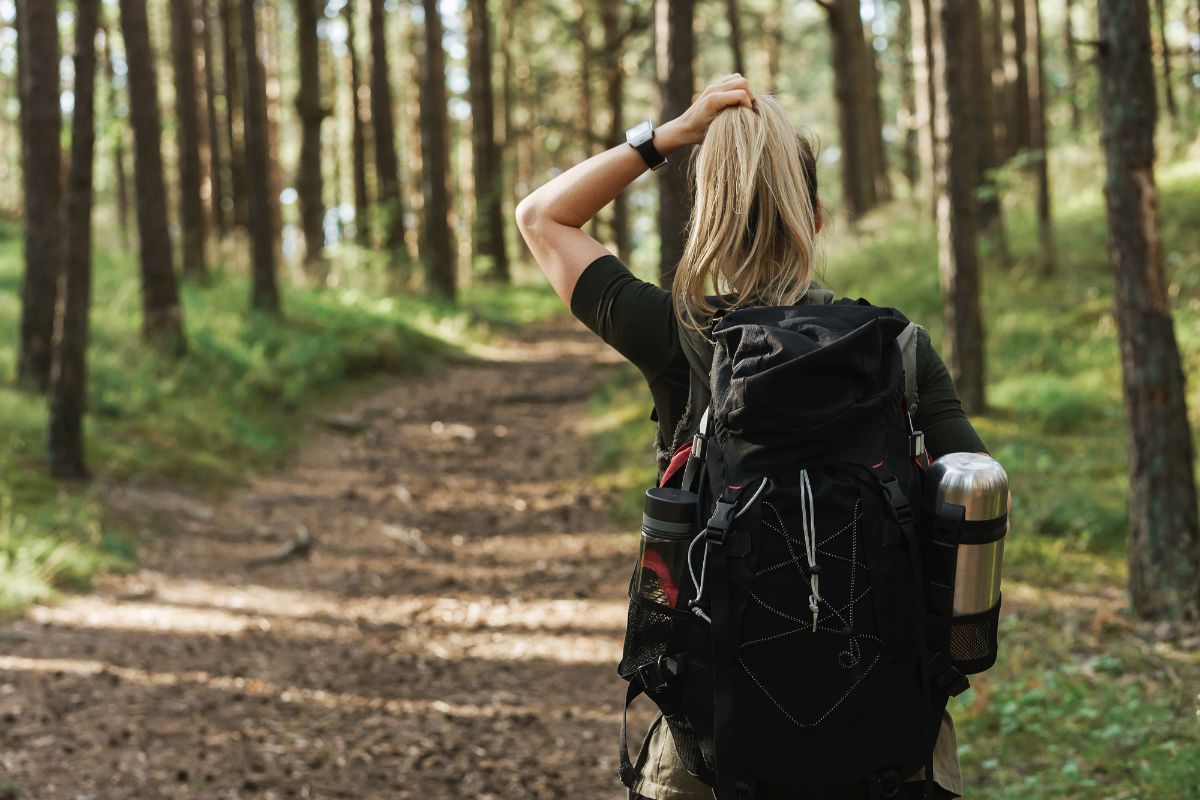The Camino de Santiago is a highly positive experience for anyone who embarks on it. However, when organizing your adventure on any of the Jacobean routes, it’s easy to make mistakes on the Camino. Here, we’ll show you the most common errors on the Camino and how to avoid them to enjoy an unforgettable experience.
The first of the mistakes on the Camino: lack of planning
When it comes to the Camino de Santiago, advance planning is crucial, and having a basic itinerary is advisable. Choosing the best route, knowing the stages and distances, finding out where to sleep, and identifying points of interest will allow you to be well-prepared. Additionally, you can pinpoint areas with fewer services and plan accordingly.
Not booking accommodations in advance
During the high seasons, hostels and hotels fill up quickly, and during the low season, there are fewer accommodations available. To avoid being left without a place to sleep, it’s recommended to book several weeks or even months in advance.
Not preparing yourself beforehand
Prior training, having suitable gear, and bringing everything you need are key, and neglecting these aspects can lead to problems during your journey. You should consider the difficulty, stages, and distances on your chosen route, as well as the weather forecasts.

Pilgrims planning their Camino to avoid errors.
Not training before the Camino
Skipping prior training, especially if you’re not used to walking long distances, is one of the most common mistakes. It’s advisable to take walks and hikes a month before your Camino, covering about 5 km daily. Additionally, try to walk on different terrains, such as asphalt, dirt, or trails. If you can gradually increase the distance, that would be even better, and if you can manage a weekend of hiking, you’ll be well-prepared.
Not having the right equipment
Investing in a good pair of boots or hiking shoes is essential, but make sure to wear them before heading to the Camino. Also, bring comfortable clothing suitable for various weather conditions, and a lightweight backpack that’s sufficient for carrying your necessities.
Not taking proper care of yourself
Remember, the Camino is not a leisurely Sunday stroll; you’ll be walking an average of 20 to 25 km per day. Don’t start the stage by walking too fast, go slowly, and remember that the Camino is not a race. Fatigue, occasional muscle strains, and foot issues like blisters and chafing can become your companions on the Camino. To have a successful journey, you need to avoid all of this as much as possible and take care of your health.
Overexertion that you’re not prepared for
Overexertion is a common mistake, especially among those not accustomed to long walks. Before, during, and after the stage, stop to do some stretches. It’s important to listen to your body during the Camino: if necessary, don’t hesitate to take breaks or divide the stages into shorter segments. Additionally, you can allow yourself to enjoy the surroundings because it’s not all about walking!

Pilgrims resting and relaxing their feet in Ribadiso, enjoying the French Way.
Neglecting nutrition and hydration
Proper nutrition and hydration are crucial during long-distance walks to combat fatigue and replenish energy. Some pilgrims make the mistake of not planning their meals properly or not carrying enough water. It’s vital to bring energy snacks and refill your water bottle whenever you have the chance.
Carrying too much weight
You should have the right and necessary equipment, as mentioned earlier. However, it’s important to forget about the “just in case” items; the Camino is not a wilderness, and you can buy things you need or have forgotten. Remember not to carry more than 10% of your body weight in your backpack.
Not carrying a first aid kit
Don’t forget items like a first aid kit, sunscreen, and a hat. Including items to prevent blisters and treat wounds, such as Vaseline, Compeed, band-aids, disinfectants, etc., in your first aid kit will be your best insurance on the Camino.
Not respecting the environment
The Camino de Santiago traverses valuable and protected areas in terms of nature and culture, and collectively, we must ensure their sustainability. Unfortunately, some pilgrims do not take care of these areas and engage in harmful actions such as littering, painting markers, or damaging structures. It’s essential to adopt a responsible, civic, and ecological attitude, respecting local rules and leaving the place as good as or better than you found it.

Respect nature and the Camino, and dispose of trash in appropriate places.
Also respect the social environment and the other pilgrims. If you want to go on a pilgrimage while listening to music, do it with headphones. Many pilgrims seek silence or the simple sound of nature, which encourages introspection and reflection.
Avoid these mistakes on the Camino
If you’ve already completed a Jacobean route, all of this may sound familiar, but if you’re a beginner, we advise you to follow these tips. By avoiding these common mistakes on the Camino, you can fully enjoy your pilgrimage and immerse yourself in all the goodness that this ancient route has to offer.
Despite the fatigue of walking long distances, the joy of pilgrims upon reaching Santiago guarantees a great experience. However, this is only the case if you are well-prepared and remember the keywords for your adventure: organizing your Camino de Santiago. For this task, you are not alone, and we can help you complete the duties of a good pilgrim. Buen Camino!




Leave A Comment